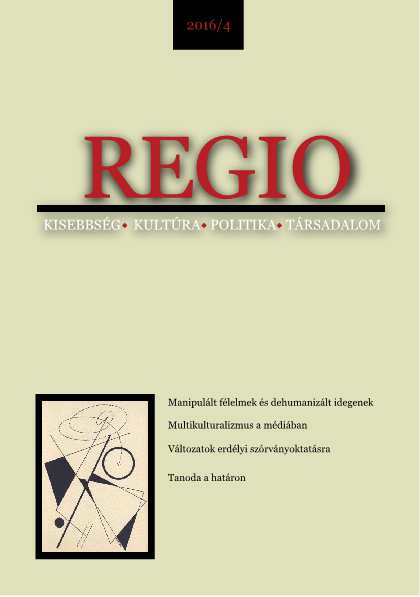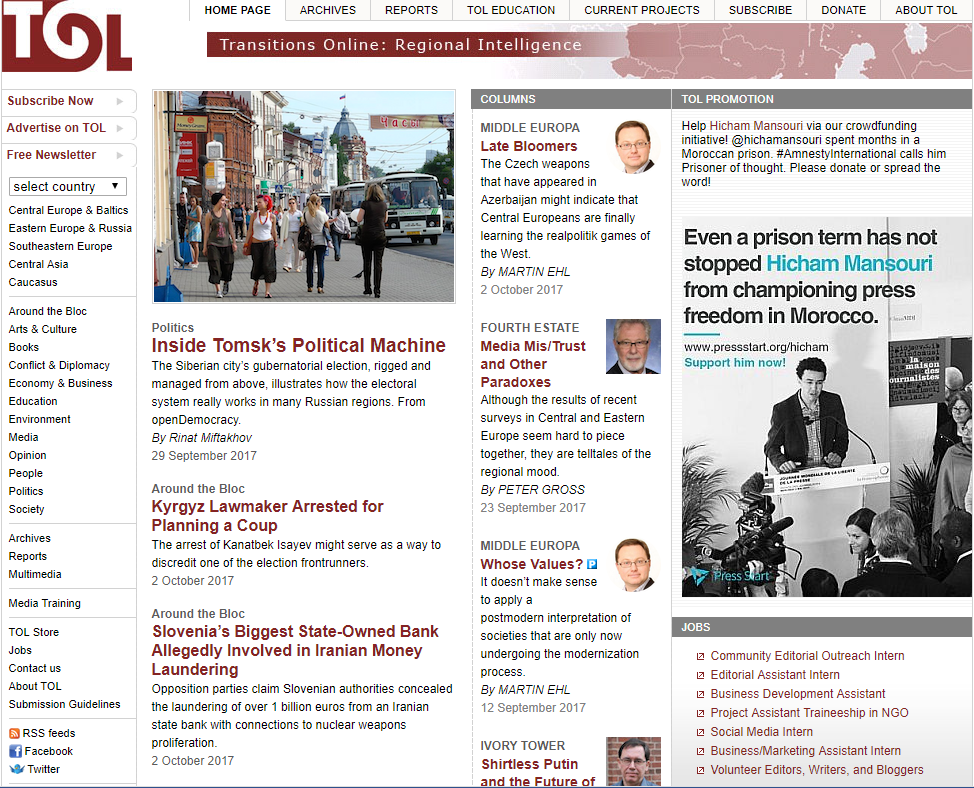
Transitions Online_Around the Bloc-Neighbours Irate Over Ukrainian Language Law
While Russian would be most affected, the proposal to restrict teaching in foreign languages could hit many minorities.
More...We kindly inform you that, as long as the subject affiliation of our 300.000+ articles is in progress, you might get unsufficient or no results on your third level or second level search. In this case, please broaden your search criteria.

While Russian would be most affected, the proposal to restrict teaching in foreign languages could hit many minorities.
More...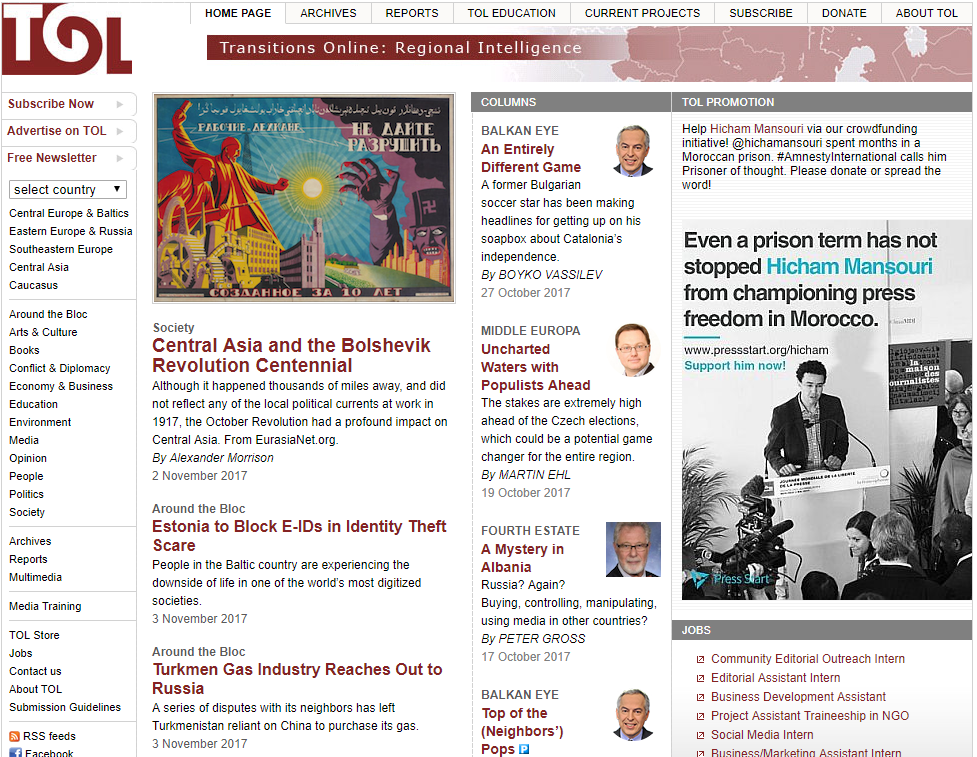
The outside world sees little difference between the main languages spoken in the neighbor countries, but many Moldovans beg to differ.
More...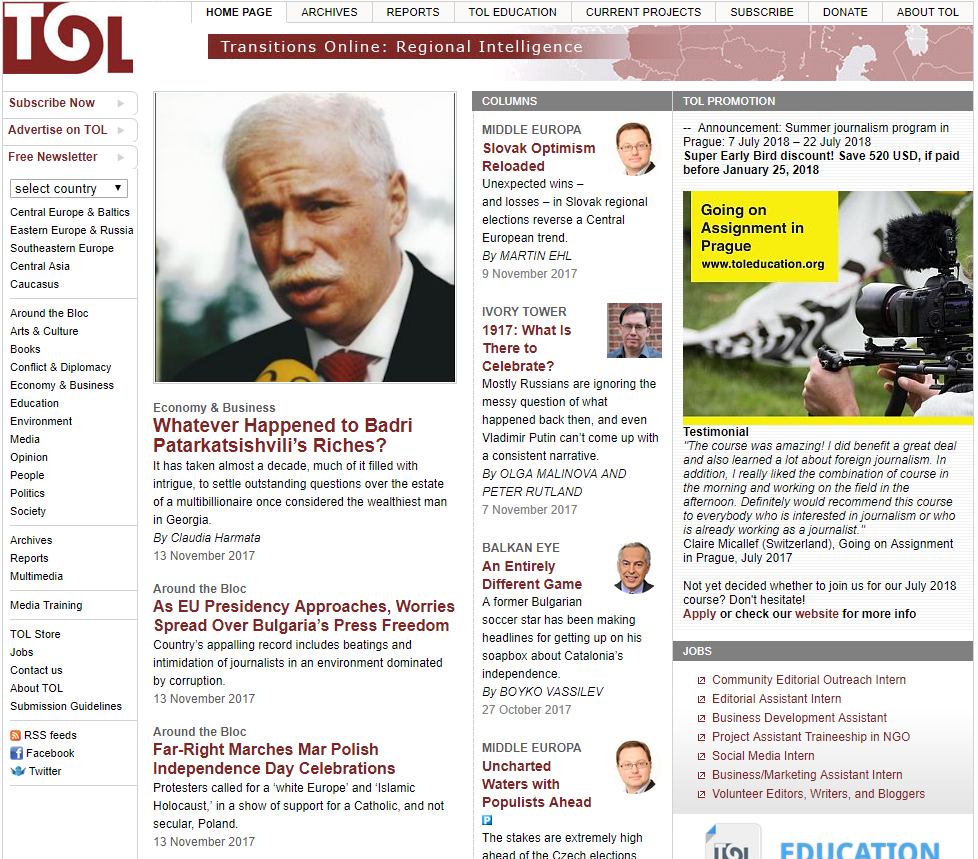
Old wounds are reopened as Warsaw and Kyiv revive nagging grievances.
More...
The article compares the features of the culture of the East and West and their interaction and dialogue; especially Eastern and Western cultures are studied based on the analysis of philosophical and cultural theories. It is proved that the Crimea is a shining example of dialogue of Western and Eastern cultures, which means that the problem of cultural pluralism on the Crimean peninsula is an extremely urgent and important.
More...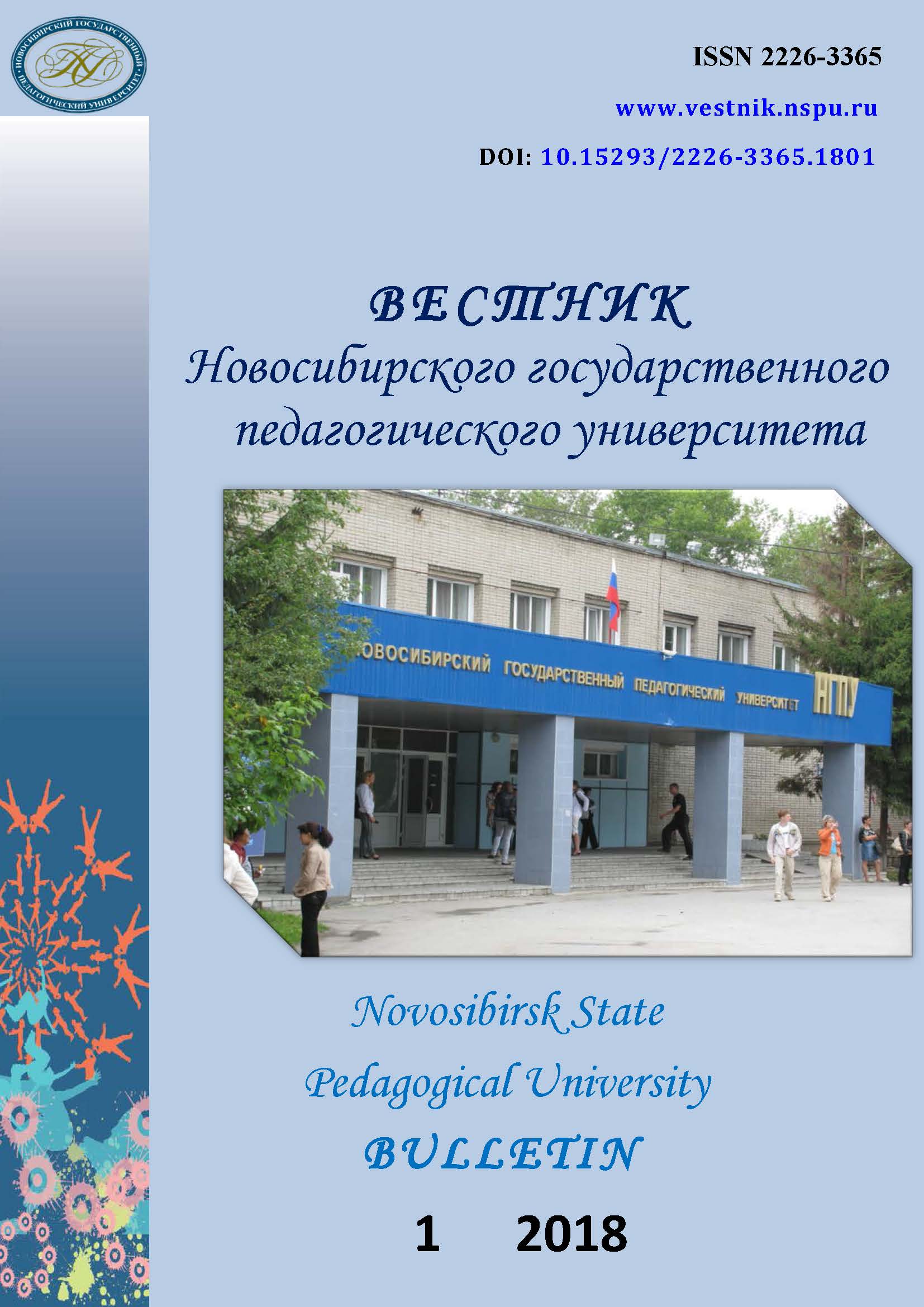
Introduction. The authors identify difficulties in implementation of multiculturalism policy and reveal weak points in ethnic-cultural identity models dominating in social researches over the last several decades but along with it possible theoretical restrictions of the alternative models of cross-cultural interaction constructed on other ontological principles. Materials and Methods. The research is based on the ideas of new post-multicultural approach to the analysis of the interaction of cultures realizing descriptive, explanatory and predictive functions of social knowledge on the basis of methodology of systemic, activity and cultural- historical approaches in modern conditions. The methodical base of the research consists in methods of phenomenological description, interpretation, comparison, and comparative analysis of works by Russian and Foreign researchers in the sphere of ethnic-cultural identity and interactions. Results. The authors analyze evolution of ideas of ethnic identity nature and ways of settling inter-ethnic and inter-confessional conflicts. In the conditions of crisis of the idea of multiculturalism it is possible to consider the alternative models of cross-cultural interaction: concepts of 'melting pot' and ‘salad bowl’, and also their shortcomings and restrictions. The authors reveal that the concept of geographical determinism, which has been considered as outdate, unexpectedly becomes relevant for understanding the mechanisms of cross-cultural and interfaith interaction in modern conditions. Conclusions. The authors emphasize that within the context of implementation of such transcontinental initiatives as “The New Silk road" the China-centrist model of cross-cultural interaction could take the place of the multiculturalism model which has compromised itself. This new model leaves an ethnic component of culture out of the sphere of its attention. In conditions of changing paradigms of cross-cultural interaction, dependence of civil harmony and wellbeing on creation of dialogue of ethnic cultures, which is traditional for European philosophy, risks to become absolutely unclaimed.
More...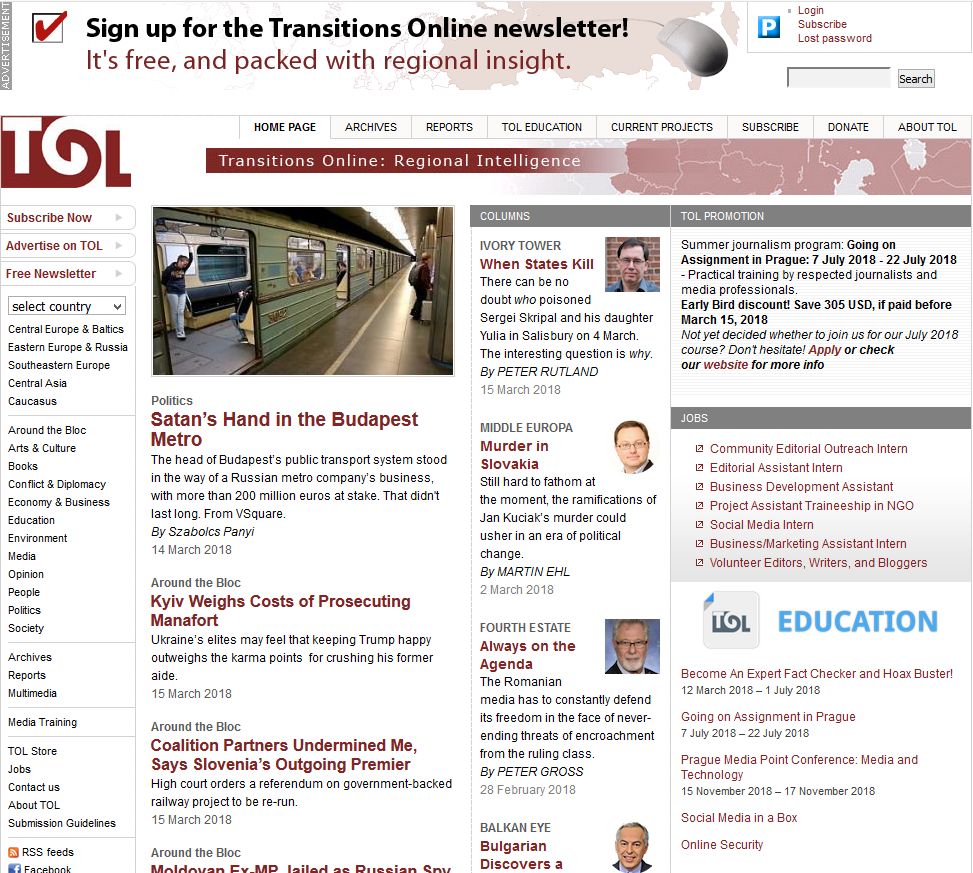
Ukrainian officials hint at Russian involvement in two attempts to burn down a building used by the Hungarian minority.
More...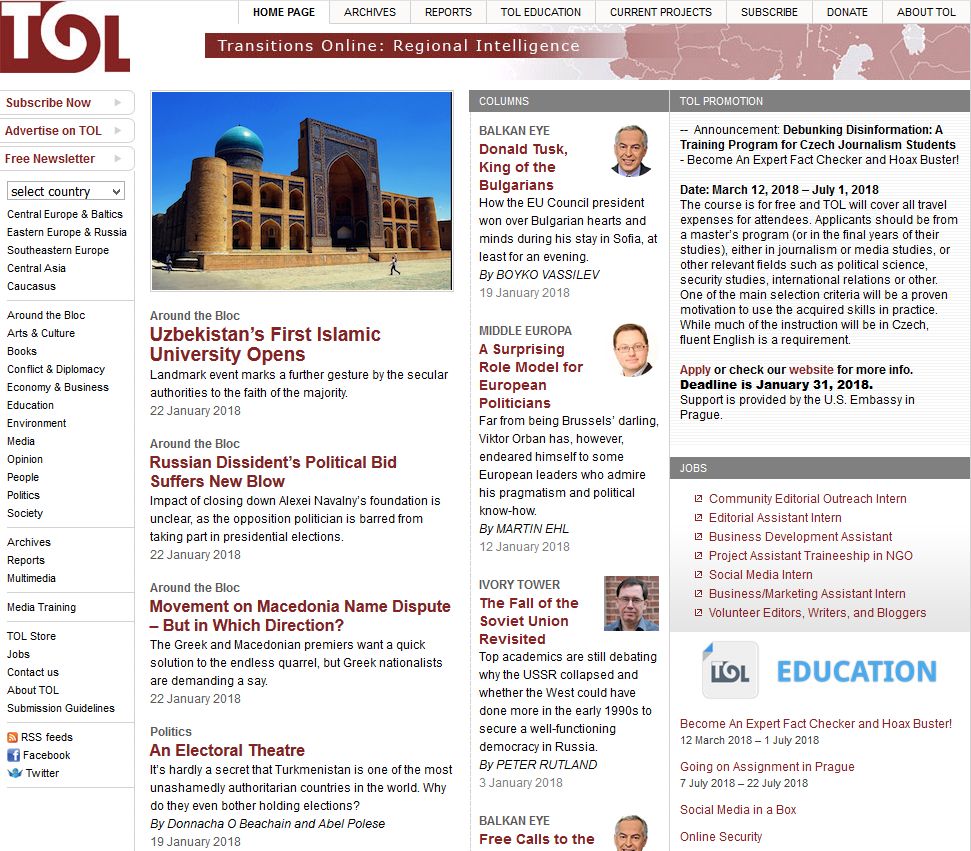
Oliver Ivanovic was gunned down in broad daylight on the same day talks between Kosovo and Serbia were scheduled to begin.
More...
The article deals with the conceptual scheme of cross-cultural communication strategies for different ethnic groups with the host society. We analyze the problem of interpretation of commonly used terms in the cross-cultural interaction.
More...
Peacebuilding as a definitions has been initiated and studied quite late, while as a concept it begun to be used after the Cold War. The well-known researcher Johan Galtung, was the one who developed and reasoned the notion of peacebuilding as well as its development phasing. For this scientific paper, which deals with peacebuilding, we have chosen as a case study, the case of Kosovo. The main objective of this paper is to present the developments in Kosovo, and its journey towards peacebuilding, starting from 1999, a period when the war ends and peace begins. Materials elaborated in this paper, are mainly articles and scientific papers by foreign authors, because it is worthwhile and important to have an insight into their point of view regarding Kosovo peacebuilding case. The methodology applied in this research paper, is based on the analysis of these materials, using descriptive and historical method, through which we will highlight the case of peacebuilding in Kosovo. The expected outcomes of this paper, aim to present the definition of peacebuilding as a concept as well as its usage in the case of Kosovo, as a case study used in this research paper. It also aims to show the challenges that Kosovo politics have encountered in order to build a sustainable peace. In the conclusions of this paper, we would like to present the case of peacebuilding in Kosovo as a success story, and this case may be used as a model for other international cases where needed.
More...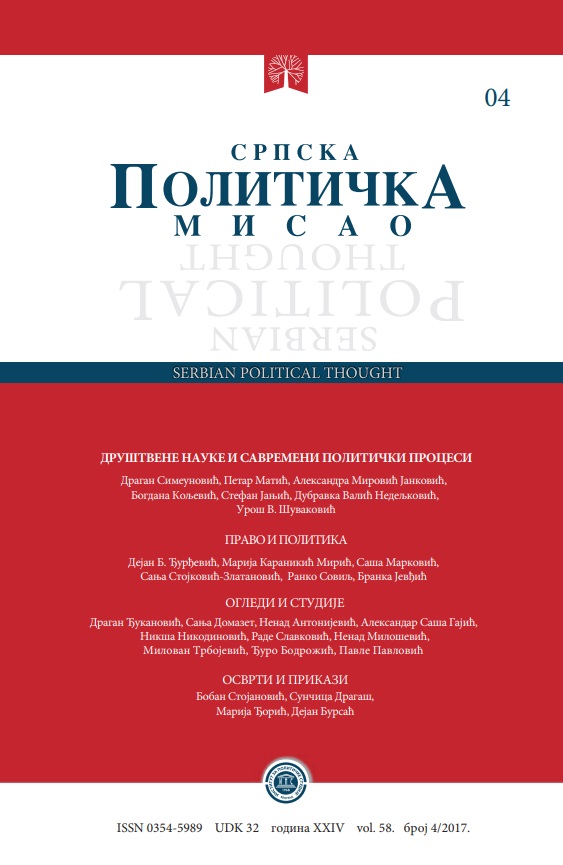
Exactly four decades ago, on November 30, 1977, Miloš Crnjanski, one of the most important personalities of Serbian literature in the twentieth century, passed away in Belgrade. A number of studies have been written on his literary work, so the author of this article, as a journalism professor, will be assigned to Crnjanski as a journalist-reporter, and specifically to his reports written from Horti Hungary. Namely, there is no work dealing with these newspaper texts of Crnjanski, extremely important, as they relate both to the political, sociological, and cultural, ideological and social reality of neighboring Hungary, in which one of the important national minorities was also Serbian. Crnjanski wrote these reports for the daily newspaper “Politika”, from January 23 to February 1, 1923. This work will use the analysis, lexical, phonetic, stylistic and scientific, historical and comparative method, to show the atmosphere, political tension, the wartime mood of the Hungarian government at that time, as well as the position of Serbs, Jews and other minority peoples. At the end of the work, the conclusions of Crnjanski themselves will be stated, which turned out to be extremely reporter and commentary precise and anticipatory – Hungary was ready for the war, the Serb minority was scared and frightened by reason, and the Jews were forbidden to enroll in universities.
More...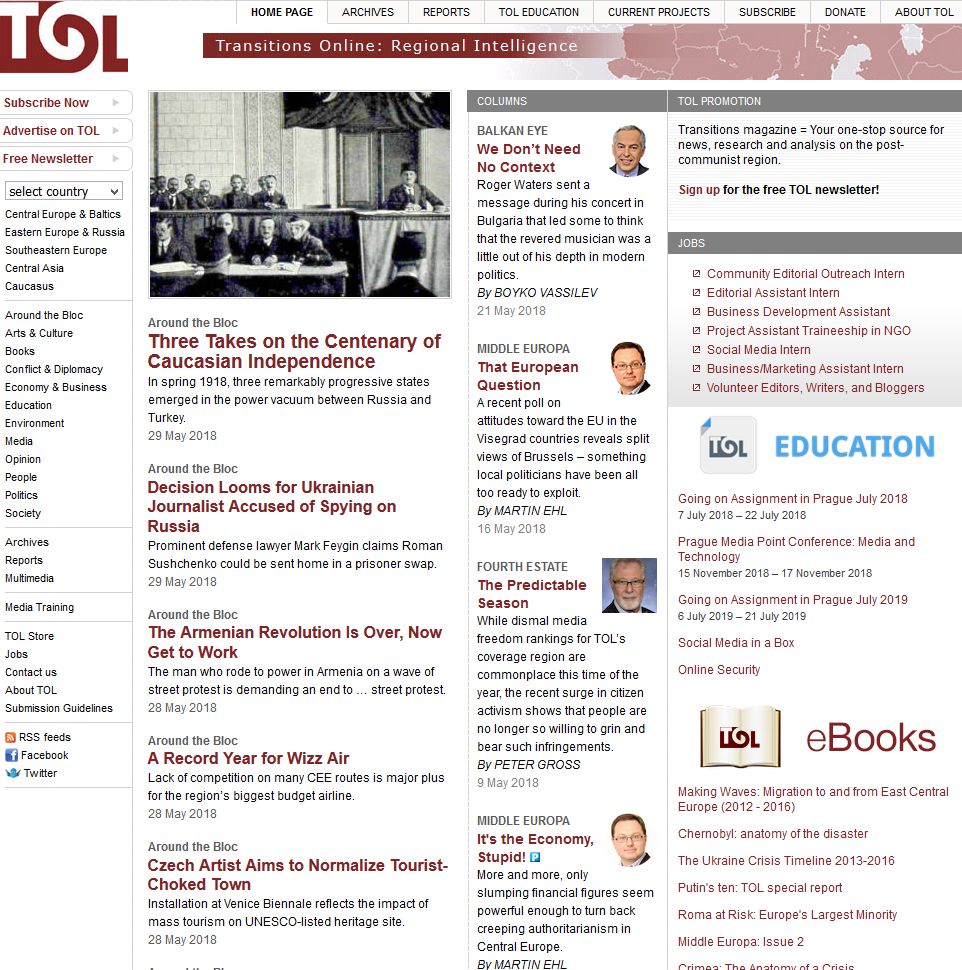
Racist and far-right incidents at games in the Balkan country have been frequent in the past few years.
More...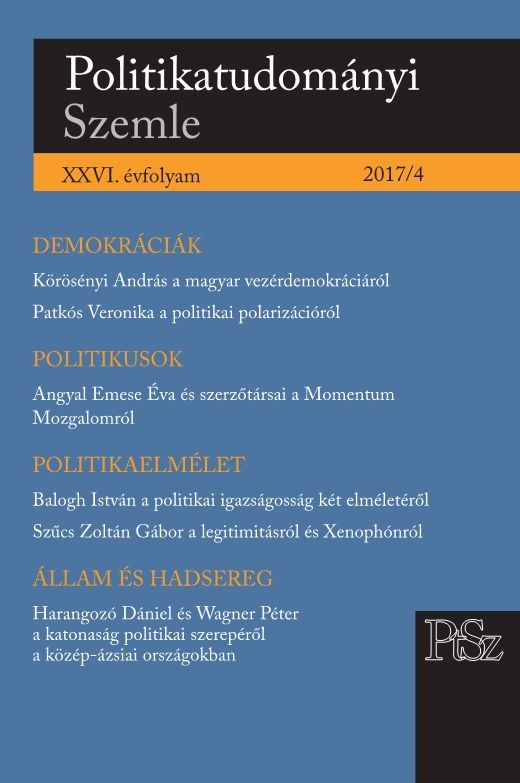
Relying on a typology proposed by Timothy Edmunds, Anthony Forster and Andrew Cottey we seek to explore the political and social role of the armed forces in post-Soviet Central Asia in three particular areas: regime defence, nation building and the economic role and activities of the military. Due to the authoritarian nature, with one exception, of all Central Asian states, our first research question focusses on the role of the military in supporting the authoritarian regimes of the region. During the Soviet period, the armed forces served a key role of political indoctrination and “nation building”. Moreover, there was widespread use of conscripts as a free labour force for various stateled economic (such as the annual harvest) and construction activities. Our second question concerns whether and to what extent these Soviet-era practices and traditions continue in the Central Asian successor states. One of the key conclusions of our research is that the authoritarian regimes of post-Soviet Central Asia rely on a widespread network of internal security and intelligence organizations instead of the regular military. Moreover, with some exceptions, there is limited use of the armed forces as a vehicle of nation building by the governments of the region, and they have a limited economic role and signifi cance compared to the Soviet era.
More...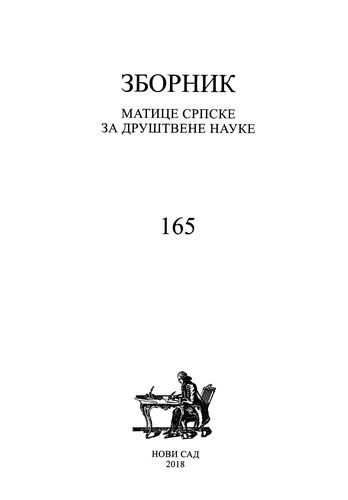
The paper analyses economic and legal aspects of the refugee crisis caused by the war in Syria. The aim of this paper is considering of the refugee crisis complexity in the Republic of Serbia. At first, our research includes the analysis of the refugee crisis in Serbia that refers to the number of refugees who expressed their intention to seek asylum in Serbia and the origin country of refugees. After that, the part of direct costs of the state are estimated as well as the total consumption of refugees during crossing Serbia in 2015. The costs in the operational plan of the Republic of Serbia Government, and the reception and asylum centres costs are identified, as well as sources of financing of direct costs. The estimated direct costs for Serbia are around 30 million Euros, and total consumption of refugees in 2015 is not less than 20 million euro. Additionally, we analysed the Asylum Act in the ex-YU countries, and determined convergence and divergence of their different acts. Our results of the Asylum Act analyses in each country confirm that refugees, asylum seekers and persons enjoying subsidiary protection have the same rights as residents in Macedonia, Serbia and Croatia. This is the major result of this paper. Anyone in Serbia or in the Balkan region did not find similar results. Consequently, the results of this paper are unique and exclusive. Therefore, these results are very important for the scientific and professional public.
More...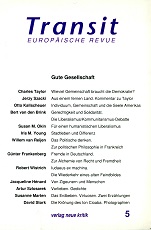
The reawakening of the old demons of nationalism and anti-Semitism in Europe, especially in Central and Eastern Europe, in the three years since the fall of communism hardly surprises. After all, in this part of the world, national identity has been a problem since the failed revolutions of 1848. The forty-year reign of Communism after the Second World War had frozen the underlying conflicts and tensions rather than resolved them. This also applies to anti-Semitism, which in the inter-war period was an integral part of the struggle for Polish, Romanian, Hungarian or Slovak national identity. As soon as the iron grip of the pax sovietica had broken loose, many old wounds reopened, along and across the quest for national independence rooted in the Western Enlightenment.
More...
The paper presents the study of Ethnical distance with the citizens of Bosnia and Herzegovina. The study was made using Bogardus' scale of social distance, on 1000 interviewees of the Federation of BiH and 850 interviewees of Republika Srpska. The citizens of the Federation of Bosnia and Herzegovina reject the Romas the most, followed by the Albanians and Macedonians. This is followed by the Serbs and Montenegrians, while Slovenians and Croats are the least rejected. Prejudices of the citizens of Bosnia and Herzegovina to the Romas, Albanians, and Macedonians are much more important for the rejection or accepting of offered relations, than it was the case with open hostility and war conflicts with the Serbs, Montenegrians, and Croats. In the Federation of Bosnia and Herzegovina a distinction is made in the degree of ethnical distance of Bosniaks and Croats to the nations who lived in the former Socialist Federal Republic of Yugoslavia. Offered relations are more rejected by the Croats than by the Bosniaks. The citizens of Republika Srpska accept the Muslims (Bosniaks) and Romas the least. This is followed by the Croats, Slovenians, and Macedonians, and the Montenegrians are rejected the least. The citizens of Republika Srpska refuse that they or the members of their family marry a member of another nation. Thus they object any possibility for the members of other nations to be found on managing position, or any situation where they themselves would be in a subordinate position in society in relation to the members of other nationalities.
More...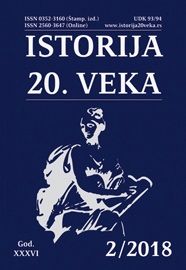
This article scrutinizes the disintegration of the federal level of government of the SFRY and its role in transforming the Yugoslav crisis into an armed conflict. This was a culmination of a long process in which centrifugal tendencies overcame the integrative capacity of Yugoslavia. A deep economic and social crisis surged dramatically in the wake of the collapse of the League of Communists of Yugoslavia in January 1990. This crisis led to a paralysis of the federal level of government exactly at the time which called for radical transformation and adjustment to the global changes signaled by the fall of the Berlin Wall. The Yugoslav government (Federal Executive Council), led by Ante Marković, was spearheading such a reformist program, but it faced ever stronger opposition from the conservative leadership of the armed forces. The agenda of the military, meanwhile, prioritized the preservation of the system, even at the expense of the country’s modernization. The space for addressing the mounting problems on the federal level was thus narrowing, enabling constitutive republics to act out their conflicting political projects. Empowered additionally by elections, which were never held on the federal level, leaders of the most influential republics fostered irreconcilable visions: Slovenia under Milan Kučan was planning its independence, hence changing Yugoslav external borders. Serbia under Slobodan Milošević was plotting to redraw internal borders between the republics, and Croatia under Franjo Tuđman was aiming to do both. The realization of such disparate plans called for the instrumentalization or marginalization of the federal government. In early 1991, this process was set in motion. The growing autonomy of republican leadership resulted in divisions within the SFRY Presidency and its inability to act decisively during the period in which Serbia undermined the federal monetary system, Croatia imported arms from abroad, and Slovenia held an independence referendum. Unchecked by civilian authorities, armed forces were pushing the Presidency into action through systemic pressures, peaking with an aborted coup in mid-March. The Yugoslav Presidency was hence effectively sidetracked, whereas the political dialogue about the Yugoslav future was relegated to summits of republican leaderships. These summits, held in late March and throughout April, did not produce any tangible results, as their actors attempted to legitimize their own positions by avoiding responsibility for the impending collapse and angled to maximize their gains in its course. The remaining federal authorities, Yugoslav government, and the military did attempt to stall this process. However, they failed to coordinate, maneuvering instead to oust each other. These attempts were abandoned in early May, amidst a number of armed incidents. With an increasing number of fatalities, the chances for peaceful resolution of the Yugoslav crisis were dwindling. Yugoslav federal authorities were increasingly unable to influence the course of events. Paralysis of the federal institutions blocked any institutional path toward resolving political problems. As the country moved from collapse into war, the divided representatives of the federal government either abdicated in front of their republican leaderships, or acted in cross-purposes, opening the path to the last stage of the Yugoslav agony.
More...
The starting point of the extensive controversy about the origin and continuity of the Romanians is, of course, represented the interests of hungarians to support the argument seniority and priority right of dominion over the Romanian territories inhabited since ancient times. "Immigration thesis in the first half of the twentieth century, embraced by a suspect unanimity, becomes for the Hungarian historians, a political dogma and the smallest deviation from it means desertion".
More...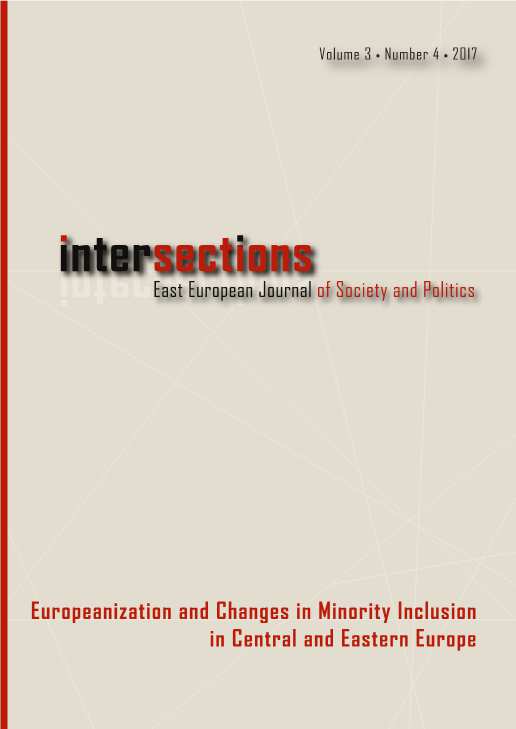
Our article investigates minority voting behaviour through an in-depth analysis of the case of Transylvanian Hungarians, one of the politically mobilised ethnic groups of post-communist Eastern Europe. Members of this minority community have overwhelmingly supported RMDSZ, a robust ethnic party, in each of the parliamentary (and other types of) elections following the regime change. We argue that both macro-political processes and the micro-foundations of voting behaviour should be analysed to properly understand the factors conducive to ethnic block voting. Our main focus is on micro-determinants; however, we also discuss some elements of the macro-political context. Without considering these factors we cannot account for the sustained ethnic mobilisation of the minority group in question. However, the main goal of this article is to provide a micro-level analysis of voting behaviour. We focus primarily on turnout, which is the most important determinant of electoral outcomes in the case under analysis. Our main empirical question is whether the impact of the main factors discussed in the theories of electoral turnout is similar in the case of minority (Transylvanian Hungarian) and national (Romanian) electorates. We conclude that social embeddedness has different effects on the two populations: namely, embeddedness measured through network density supports political mobilisation only in the case of the minority group.
More...
Since 2011, the EU has called upon its member states to step up their efforts to improve the socioeconomic conditions facing many Roma. It has also sought to secure the ethnic representation of the Roma in these efforts. By doing so, the EU has tried to strike a balance between redistribution and recognition: it has recognized the ethnic specificity of this group, but it has also framed the issue as one that requires a socioeconomic solution. Using insights from frame analysis, visual theory and governmentality studies, we argue that the EU’s balancing act between recognition and redistribution has its limits. Current redistribution policies may be open to forms of group representation, but the deeper operational representations which underpin that openness still conceptualize the Roma in restricted ways. These operational representations determine how the Roma become publicly ‘visible’ and ‘governable’. In this article, we speculate about a possible trajectory out of this impasse and argue in favor of a repertoire of representation that allows for more fluid and contestable images of the Roma.
More...